Updated on January 29, 2019
The Marathon of Innovation
When we read and listen to the relentless impact of new technologies, the urgency of digital transformation, why and what does it matters, how economy seems to keep struggling, the increasing need of creativity… I am inspired to make an analogy with a pathway of 42.5 Km. In a marathon, you are also not suppose to stop running until the end, you are in charge of your preparation, your body and its perception. You decide how fast and if you want to run or maybe walk. Even if you will not take it in a competitive fashion, you will need to set up your responsibilities with your fatigue, your strategic choices and, finally, your purpose of doing it.
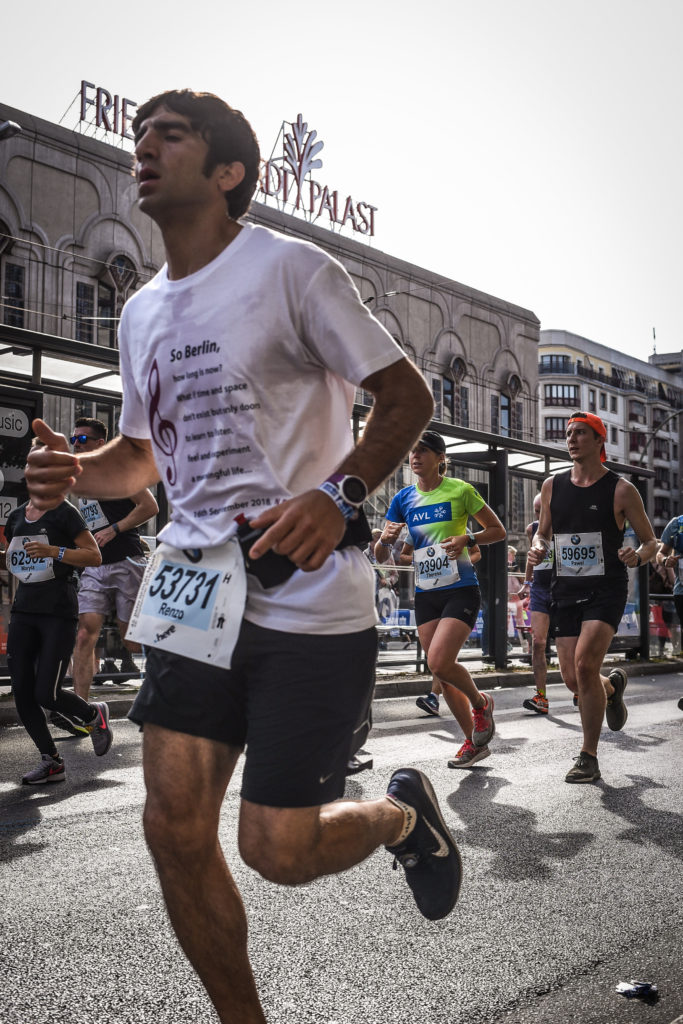
In the scenario of any organizational ecosystem, regardless if it is a corporate or a startup, if you are a leader, a UI designer, a painter, a cashier, you will deal with a pathway of energy, pressure, drawbacks. You are going to deal with your limits, hopefully learn from it, probably trying to push it beyond, most likely to feel pain and trying over again, engage with it and fuel new inspiration. Most than anything else, the challenge could be to balance the breakthrough between the experience and reflection.
Even though I played basketball professionally, the idea of running for the sake of it never attracted me at all. I could see the purpose away from me far more than 42.5 km. When I got the confirmation email that I was in the race, myself was going like this: ‘dude, walk the talk now’. The challenge was on from that very moment. Six months of practice – 2/3 times a week – and trying to figure out how to manage my body and emotions, how to practice knowledge about diet and equipment for the race.
On the 16th of September 2018, in Berlin, I experienced multiple layers of emotional and physical insights that portray the muscles and nerves of innovation in organizations, and in any individual context. My approach was to compete and cooperate with myself in the same time. The competition was to finish the race in between 3 hrs 30 min and 4 hrs (goal). The cooperation happened to find connections during the race. I did not know what exactly I meant by that (uncertainty), I trusted my gut feeling to attentively observe what myself needed during the race (listening & empathy), I wanted to learn from my reluctancy to run (vision).
The night before I looked at the notes, like a script of a story to perform on the stage. When I rehearsed it in my mind, I still felt there was something missing. No idea of what. It made me uncomfortable (fear of the unknown). The morning race , as soon as I was close to the starting line, I realized it was adrenaline, too much. It invaded my veins and mind, the concern was to burn my fuel too soon. Yes, the sport watch was the timekeeper, yet I knew the plan was going to change (risk).
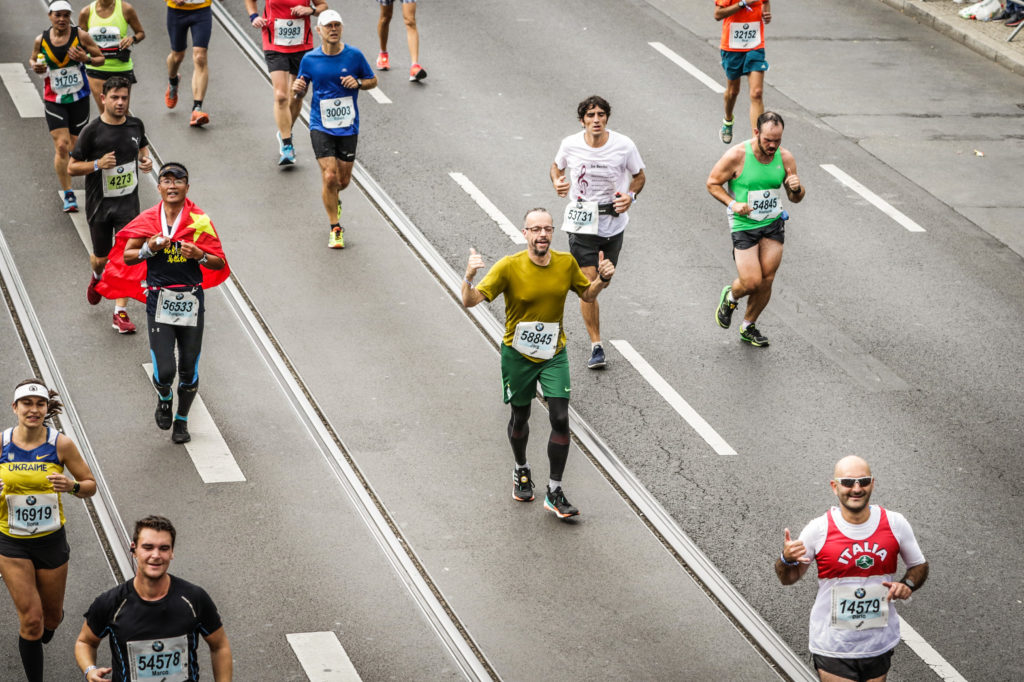
During the race I focused on two, three runners that kept a similar pace of mine. They were my imaginary teammates, my point of reference. They helped me to keep my motivation on, enjoy the context around it and calibrate my own strategy too. Sometimes I felt behind sometimes I felt I was ahead. It also worked for my patience (here, I guess, no need to add words!). In the last 8 km I had cramps on my calfs. Fears to cease the race were coming. I played with my limits and learn to accept the pain without forcing.
I completed the race in 3 hours, 19 minutes and 34 seconds. The achievement was not about the time and distance, it was the ownership of my mindset during hard times. Actually, I found space to think during the race. The meanings I found out made the race lasting much longer that my final time. I did enjoy it. The Berlin atmosphere was stunning.
The marathon is like a project with lessons learnt that are coded in many other contexts. Feel free to interprete as you wish. I believe the future of work is about multiple projects where we need to take our own responsibilities to make a change, to transform our team culture, our society, our community, using empathy and listening and practice creativity. Creativity is a muscle in everybody, we need to practice and this starts from our individual effort to take responsibility, ownership of an impact in our daily life in professional and private life.
This is not to suggest the marathon as the only one way to perform a change – am I gonna do it again? Probably not. You do not need to run 42.5 Km. Maybe more, you might run as long as Tarahumara.

If as organization or individuals are in your own marathon, just make sure that ‘experience’ and ‘reflection’ coexist dynamically.
Updated on October 5, 2020
Blockchain Design Thinking Workshop: Purpose in Tokenization
Context
The Blockchain Design workshop series took place again on the 17th of April at Microsoft Digital Eatery in Berlin. The purpose in Tokenization was the core of the participatory discussion as the result of the collaboration with the creators of the Tokens Classification Framework . Also the Berlin Blockchain Ledger Z community offered support in making the event happened.
Seize the opportunity to collaborate with specialists was important to provide a solid backdrop and introduce the Blockchain Design approach. Oliver Kraus explained the pillars of the Token Classification Framework and pave the way for myself introducing the adoption of a designer mindset with Blockchain. Specifically I designed the session to land on investigating the Purpose in Tokenization for intangible assets.
My Approach
Empathy Map was the participatory tool I employed to engage teams in a user centered approach. The empathy map enabled teams to generate connections by visualizing feelings, pains and gains of the given intangible assets. For example, tourism or journalism were discussed during the workshop meanwhile I provided the example of music industry as anchor to re-frame the team conversations.
Afterwards the experimental tool I designed to guide the teams to look in prospective was to fill up a Token design map. A tool to establish a road map in the User Journey Mapping, you might find it traditionally in axis. Instead here, it is round shape like a token to unlock questions, opportunities to an iterative process if and why a decentralized business models through tokens is suitable. For example If the project has a network effect – as most of businesses do – tokens could be the economic incentives If the token grows in value there will be a nice return for the early adopters, and help to get going with less capital needed.
Findings
To have specialists on hand is a very good resource that enables others with similar backgrounds. For example, if most people are from digital security fields, it would be good to have someone who is a specialist in blockchain but has a background in digital security. This way analogies can be made that are communicated well. The participants need to embrace the learning experience end-to-end so the final feedback sheet is pivotal to fill up and briefly discussed at the closing step.
What tokens and blockchain do is more than disrupt the market; they change the dynamic and way of operating (creating, sharing & distributing). You no longer need to follow the traditional rules & paths; money is then transparent as well (so it will be with tokens). Blockchain is only another recent transformative + creative act of destruction. There are no grand answers, just a journey where we need to embark with hopefully light, discovery and “ah-Ha” moments.
I believe we need a designer mindset to enable learning and adoption for the blockchain attributes. This is crucial to the perception of trustworthiness, we need time for acceptance and time to remove doubts and concerns through empathy and listening. Finally experimenting and co-creation are the stepping stones as removal of silos to open a new terrain for interdisciplinary work with insights generation.
Updated on October 5, 2020
Blockchain Design: A Postcard From The Future
Context
The Blockchain pivotal impact prompts us to research, develop and collaborate to build up knowledge and competencies as much as evolve ourselves within new business model. In the current complexity we live in, we have Artificial Intelligence, we have Design Thinking and a new twist to the digital disruption: Blockchain.
After I started the Blockchain Design journey in 2016, in January 2018 I launched my Design Research after I studied the topic from different perspectives and attended to events and talks related to the topic. As a stepping stone to develop participatory approach in workshops, talks and conferences, I begun to craft my own vision to empower the communities to engage with Blockchain technologies with a designer mindset.
My approach
The session happened in January 2018. It unfolded with the challenge to raise awareness of the purpose and impact of Blockchain and to bridge it with some tools from Design Thinking mindset: visualization, user needs and iterative process. Explaining concepts like ‘distributed ledgers’, ‘smart contracts’, ‘nodes’, ‘consensus’ and ‘cryptography’ served as an initial glossary to introduce Blockchain from behind the scenes. The architectures, such as permissioned and permissionless networks, helped to clarify that Blockchain is not Bitcoin and vice versa.
Through interactive conversations, we addressed elements of design with a beginner’s mind. We shared analogies and examples to immerse the participants into their own life experience, their emotional connections. The workshop gathered 25 people: young entrepreneurs, students and a few professionals.
As a result of the team groups, I guided the first introductory workshop to figure out what are the pivots to improve for the learning path to improve. During the session we had two more discussions to trigger curiosity on how to feel and assess the potential impact of Blockchain in our current business scenario. Afterwards, the teams were asked to discuss and design their own Blockchain.
Findings
Their work shows the positive urgency as a consequence of my investigation. Inspired by the audience engagement, my aim and determination is to contribute to facilitating the adoption of Blockchain technology to collaborate and research its impact through these three opportunities:
1) Address the gap in the Blockchain know-how for businesses and technical audience, also for its final users
2) Create experimental learning sessions to explore and discuss Blockchain impact
3) Raise creativity through empathy, awareness and understanding of potential Blockchain users and stakeholders
The next step will be to design and deliver a workshop that will include Software Developers, Digital Strategist and users. Actively they will face aspects of the Blockchain to unlock the sense-making of Design towards the digital disruption.
‘My goal is this: always to put myself in a place in which I am best able to serve, wherever my gifts and qualities find the best soil to grow, the widest field of action. There is no other goal.’
Hermann Hesse
Updated on February 8, 2018
Experimenting a new model: Blockchain Design
The starting point in my action research related to Blockchain happened to be through the following open questions. How will blockchain disrupt and transform sectors and organizations? How are organizations connecting with the user’s needs through Blockchain? What are new patterns of behaviours and where do we see them and why are they emerging? What are the obstacles and barriers?
As there are no magic bullets and straight answers, I asked myself what I could do to investigate more on a practical level. Even though in most of my work I have applied the Design Thinking methodology, I decided to start a journey of observation, understanding and trying out an agile template for a mutual learning experience. The vision is to discover how to blend Blockchain and Design Thinking elements in organizations, society and individuals. The short-term goal is to run experimental iterative open workshops to engage the audience in open conversations and small activities dealing with a different paradigm.
Last Wednesday the collaboration with Nano labs and Gisma Business School in Berlin gave me the opportunity to launch my action research project: ‘Blockchain: A Postcard From The Future’.
The session unfolded with the challenge to raise awareness of the purpose and impact of Blockchain and to bridge it with some tools from Design Thinking mindset: visualization, user needs and iterative process. Explaining concepts like ‘distributed ledgers’, ‘smart contracts’, ‘nodes’, ‘consensus’ and ‘cryptography’ served as an initial glossary to introduce Blockchain from behind the scenes. The architectures, such as permissioned and permissionless networks, helped to clarify that Blockchain is not Bitcoin and vice versa.
Analogies and examples were lighthouses and immersed the participants into their own life experience, their emotional connections. The workshop gathered 18 people: young entrepreneurs, students and a few professionals.
I coached and facilitated three teams in a short final challenge…design your blockchain! There was an overarching curiosity in the room that created a momentum in the experiment to face a new paradigm based on elements, such as trust, transparency and ownership. The result of the participants’ work is inspiring and insightful to bring forward the project journey.
The value provided by the teams’ engagement and feedback will be improving my work and I am just thankful to them.
More than a year ago, when I had just finished reading ‘This Machine Kills Secret’, there was a stream of questions that led my curiosity to find out about Blockchain. Then I started my own research and pulling together notes from meet up events, books, articles and reflections related to this technology. When I decided to launch and create this experiment, I found slightly easier to connect the dots and push forward my curiosity and creativity to the next level of experimentation.
The new paradigm, based on what Blockchain is to solve, it is as insightful as Rosetta stone! There is a great opportunity to create new engagement between designers, innovators, tech leads and open source platforms.
This project called ‘Blockchain:postcard from the future’, shows an opportunity to embrace a new logic: Blockchain Design. While Blockchain will keep disrupting the whole economic and societal system, we need to start to invest in designing activities and agile educational programs in schools, universities and organizations to set up an exploratory approach related to Blockchain. There is no existing map, I am creating a new one through research design, collaboration, risk, failures and optimism. My aim is to contribute to facilitating the adoption of Blockchain technology to collaborate and research its impact through these three opportunities:
- Reframe problem definition through empathy, awareness and understanding of potential Blockchain users and stakeholders
2. Address the gap in the Blockchain know-how for businesses and technical audience, also for its final users
3. Create experimental learning sessions to explore and discuss Blockchain impact using Design Thinking
“Lameness is an impediment to the leg, but not the will. And add this reflection on the occasion of everything that happens; for you will find it an impediment to something else, but not to yourself.” Epictetus
Updated on December 31, 2017
Sharing Three Lessons Learnt From 2017
Most of damage we cause to the planet is the result of our ignorance – From Patagonia
One way to fight ignorance is to consider carefully where your money goes. Yes, it’s a matter of pleasure-management, how to deal with expectations and what is quality for you, making a clever distance from others’ judgement. Since I have bought my first item from Patagonia one year ago, my values relate to their business model as well as with what the company stands for. As a domino-effect my wardrobe goes through a monthly revamp: plenty of t-shirts, shorts and jumpers were worn-out. All the stuff I did not use for years went to charities and churches where poor people could access to receive clothing easily. This give me a wider lens on how to perceive the world inside and around me.
Change: look no further than your mirror
To adapt to multiple situations as much as to fulfil your freedom of expression in social and acknowledgment in professional environments, we often tend to face at times disappointment or anger, frustration towards lack of understanding, empathy from the listener. In lieu of judge why and what others should change, one agile way I have found out to jump out from the trap is to think how long it has taken to change habits for me. During this year I have achieved what I had begun three years ago in terms of food. Gradually I have shifted my diet towards a plant-based diet which happens eating whole food, avoiding any processed food. This has opened a new world of taste as much as creativity in the kitchen. My curiosity and imagination pair up all the time when I am hungry with more patience and connected with my value and ethics. Eating with friends or dining out is a chance to adjust and be open to exchange some hints about this way to be, not to convince or stand out. So, to change habits takes time and practice, it is a never-ending school to create a bridge with yourself and others with transparency focusing on possible similarities to share, without flinching from different views.
Be here now with your personal journey
As my journey keeps unfolding, many storms have occurred through the professional transformation. Changing countries from Italy to Great Britain and now to Germany have been unfolding plenty of difficulties, mainly the kind of emotional ones. This means you might need to keep track of your fears, feelings and thoughts to understand your past, keep the good things, grasp the lessons from the bad ones, trying to be here now first and look forward, and look forward again. These scenarios are very similar to survival in which the need to play with reason and emotion is very important to overcome panic and distress. Writing notes, sketches and drafts and keeping your journal year by year have supported my vision along with the personal and professional development.
Twelve months ago, I set a goal for 12 books to read in one year. No, I made seven and here they are:
This Machine Kills Secrets – Andy Greenberg
Oryx and Crane – Margaret Atwood
Do Androids Dream of Electric Sheep? – Philip K. Dick
Lords of The Flies – William Golding
Wonder Wall, Leading Creative Schools & Organization in the Age of Complexity –
Deep Survival – Lawrence Gonzales
Blockchain Basics – Daniel Drescher
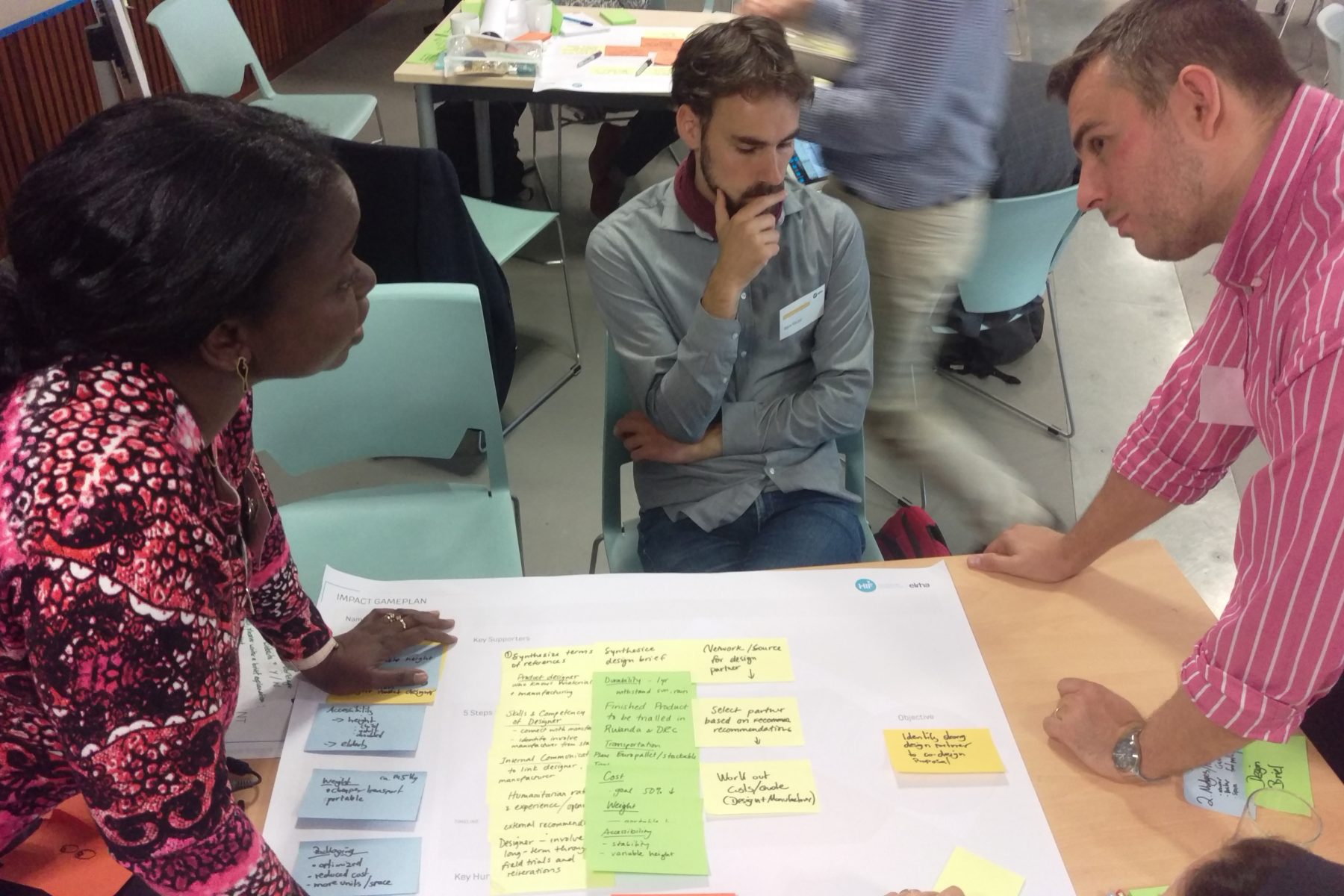
Posted on December 12, 2017
Hand-washing Innovation Sprint Event
Context
At the ‘Handwashing Innovation Sprint Event’ in London, I joined an expert panel to tackle a social innovation challenge: infectious diseases due to a lack of handwashing cause 40% of deaths that occur in humanitarian crises. I helped the teams to enhance their ideas sharing Service Design tools to identify pain-‐points in their product design journey.
Design Challenge
To improve the innovation process for the eight teams to tackle the hand-washing in humanitarian emergency settings, to share human-centered design tools and methods to create innovative and results-oriented solution.
My role
As I joined the Innovators panel as a Design Thinker facilitator, my guidance helped the teams to enhance their ideas sharing Service Design tools to identify pain-‐points in their product design journey. I facilitated the product design process in three different teams of four people in the two day-session. Identified the team’s challenges to determine the design brief, key supporters and obstacles. I engaged each individual in a collaborative process to build up the right steps for the final proposal.
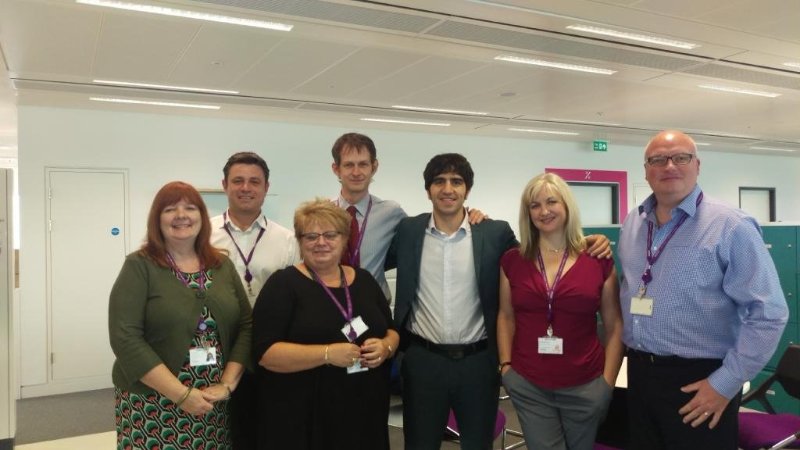
Updated on September 16, 2020
Croydon Council – Design Research
Context
A consultancy research project focused on how to reframe problems within the organizational cultural change and how it can shift the organisational focus. Qualitative and observational approaches were employed during the experimental action research.
Design Challenge
The research urged to consider how the value of behavioural change could be a driving force to create collaborative culture in the organization. I
undertook needs assessment concerning employee performance, development, and engagement across the organization leaders.
My Role
I conducted qualitative research interviews with eleven business leaders across the organisation and I designed a workshop for the interviewees to foster a culture of new engagement. Finally I applied design thinking methodologies (observation, interview, empathy, visualization) to identify
patterns, meaning and purpose as outcome of the research project.

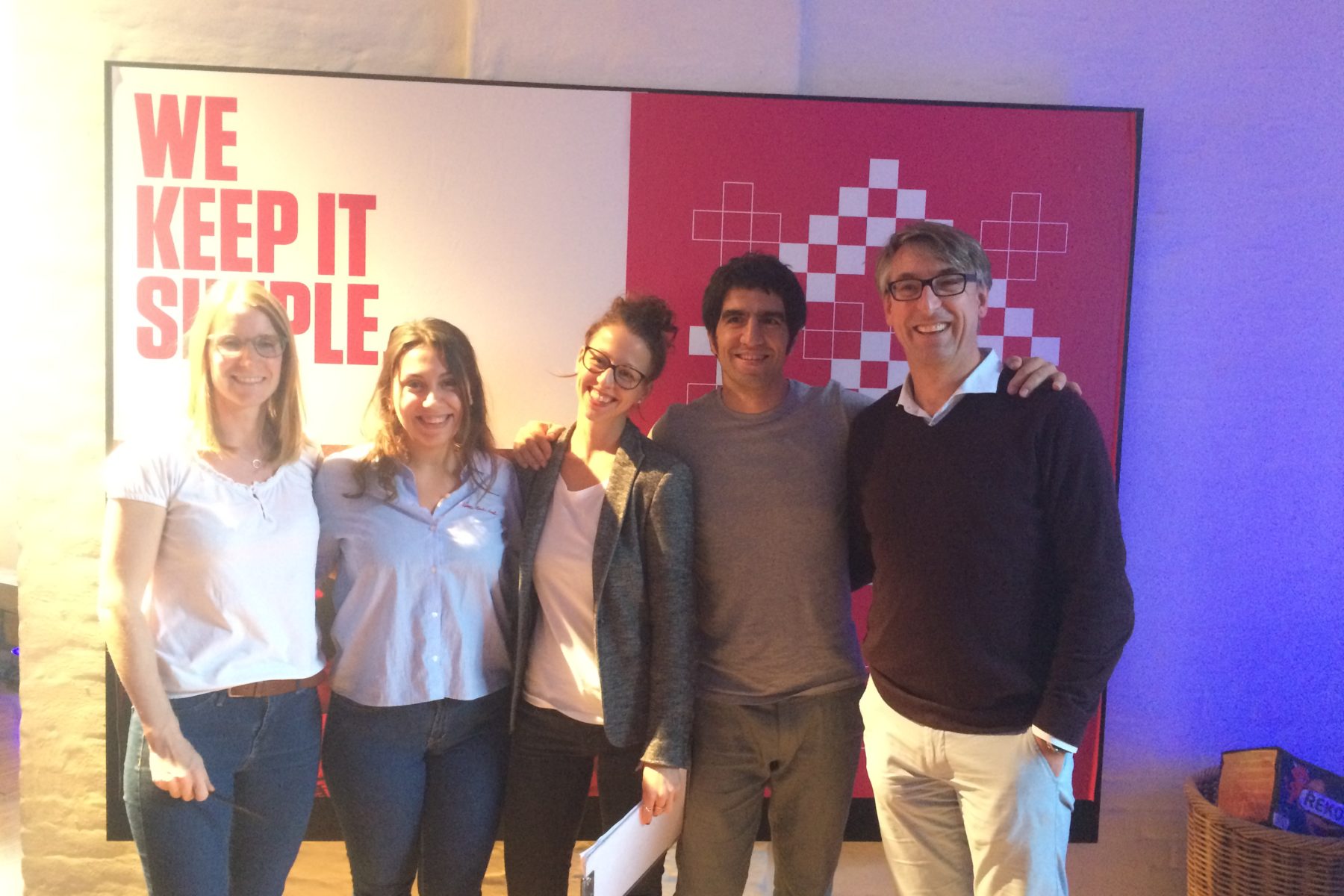
Updated on December 3, 2017
InnovationLabs.Berlin – Facilitator
Context
In a project-based collaboration with InnovationLabs.Berlin, I supported Digital Transformation for a client by collaborating with the Project Lead and the Subject Matter Expert.
Design Challenge
In a fast-pace Design Spring day 6 teams of ten people needed guidance and facilitation skills to moderate conversations related to Digital Transformation. Also, with the Subject Matter Expert high level of coordination was required to conduct brainstorming as well as to spark debate and ensure equal voice and collaboration
My Role
Defining and discussing the learning objectives and challenges with the subject matter expert was crucial to pinpoint the vision of our intervention. I introduce how to utilize Empathy Map and Mind Mapping to engage the teams to deal with ambiguity and agility. Finally, we managed the group and individuals to enable the methods’ flow through explanation and examples.
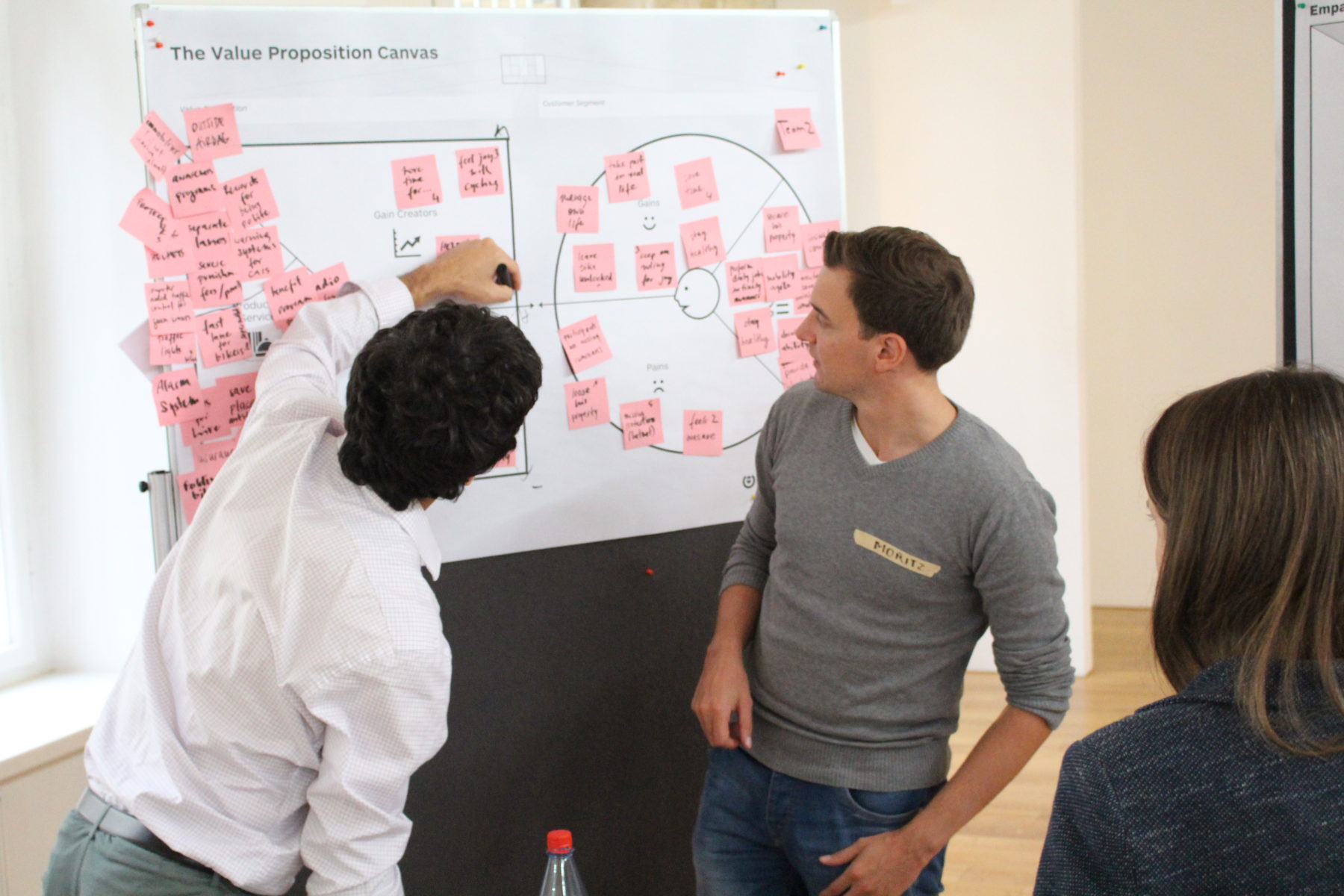
Updated on September 16, 2020
Design Thinking in a Nutshell – Berlin
Context
In collaboration with an Innovation Consultancy agency in Berlin, I supported the final steps to deliver and to hone the workshop planning and outcomes for one of their client.
Design Challenge
12 engineers sought new style potential methods for problem-finding & solving approach. I introduced the Design Thinking toolkit to provide the participants a safe and open environment to express views and enjoy proactive conversations.
My Role
I designed activities, presentations and case studies for 12 engineers to introduce Design Thinking methodology; explained and used the Value Proposition Design canvas to build a shared awareness of empathy, storytelling and visualization. I coached and enabled the participants to apply tools such as, interviewing, concept mapping and storyboard
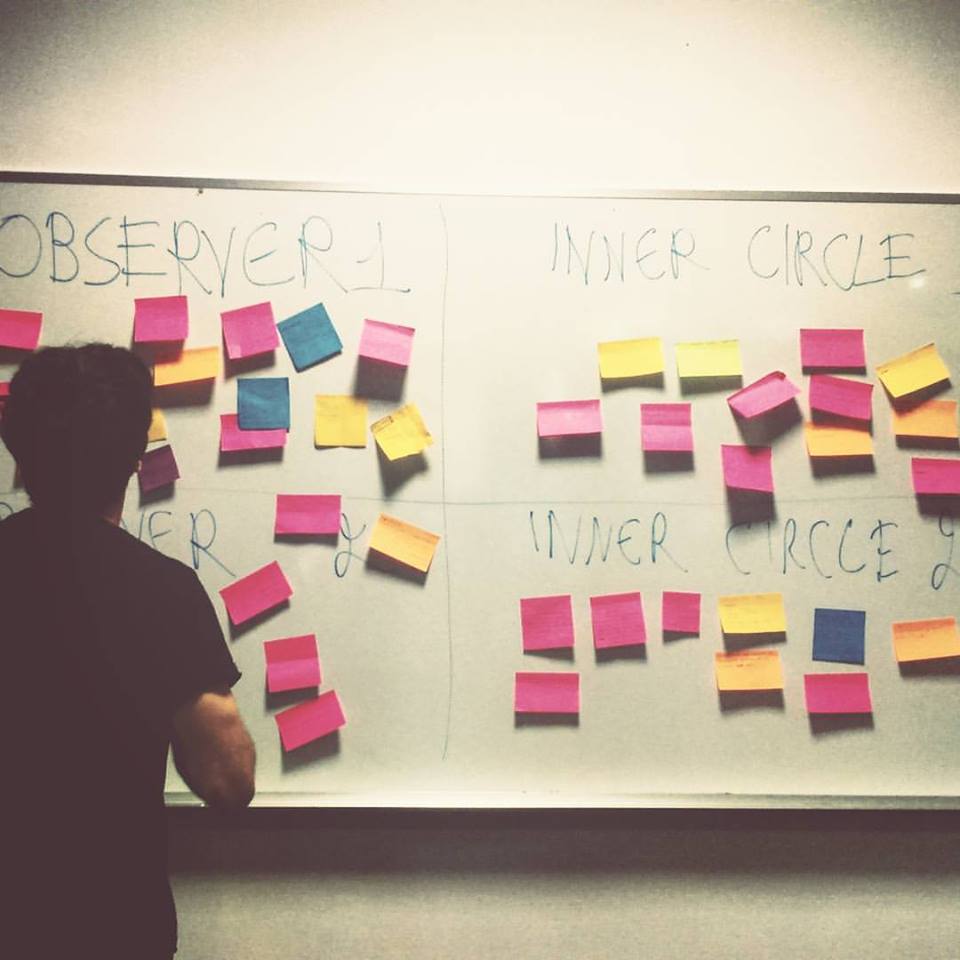
Updated on September 16, 2020
Design Thinking for Creative Confidence
Context
25 young professionals, from the European Institute of Design in Rome, were almost to tap into the Business world with their entrepreneurial projects. The project aimed to activate creative confidence in multidisciplinary teams – fashion, design, visual communication.
Design Challenge
One week seminar in which teams of five people proactively dived into Lean Start-up methodology. Five teams were involved in the design process to tackle one ‘wicked problem’ amongst three areas: sustainability, transport, health & food.
My Role
As Coach and Facilitator I created power-point presentations, daily reports and collected feedback every session; also, I planned a variety of group exercises to build empathy, observation, trust and collaboration. The vision was to design the learning process identifying and bridging gaps in knowledge, skills and motivation.

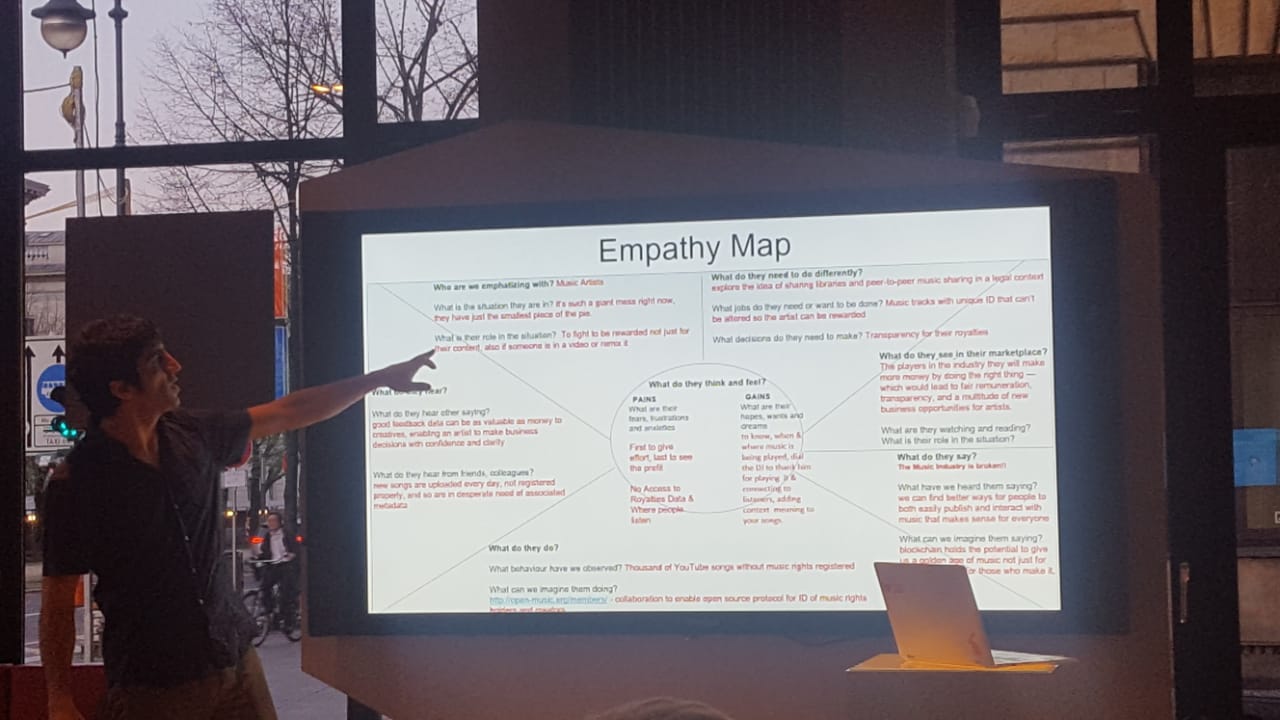
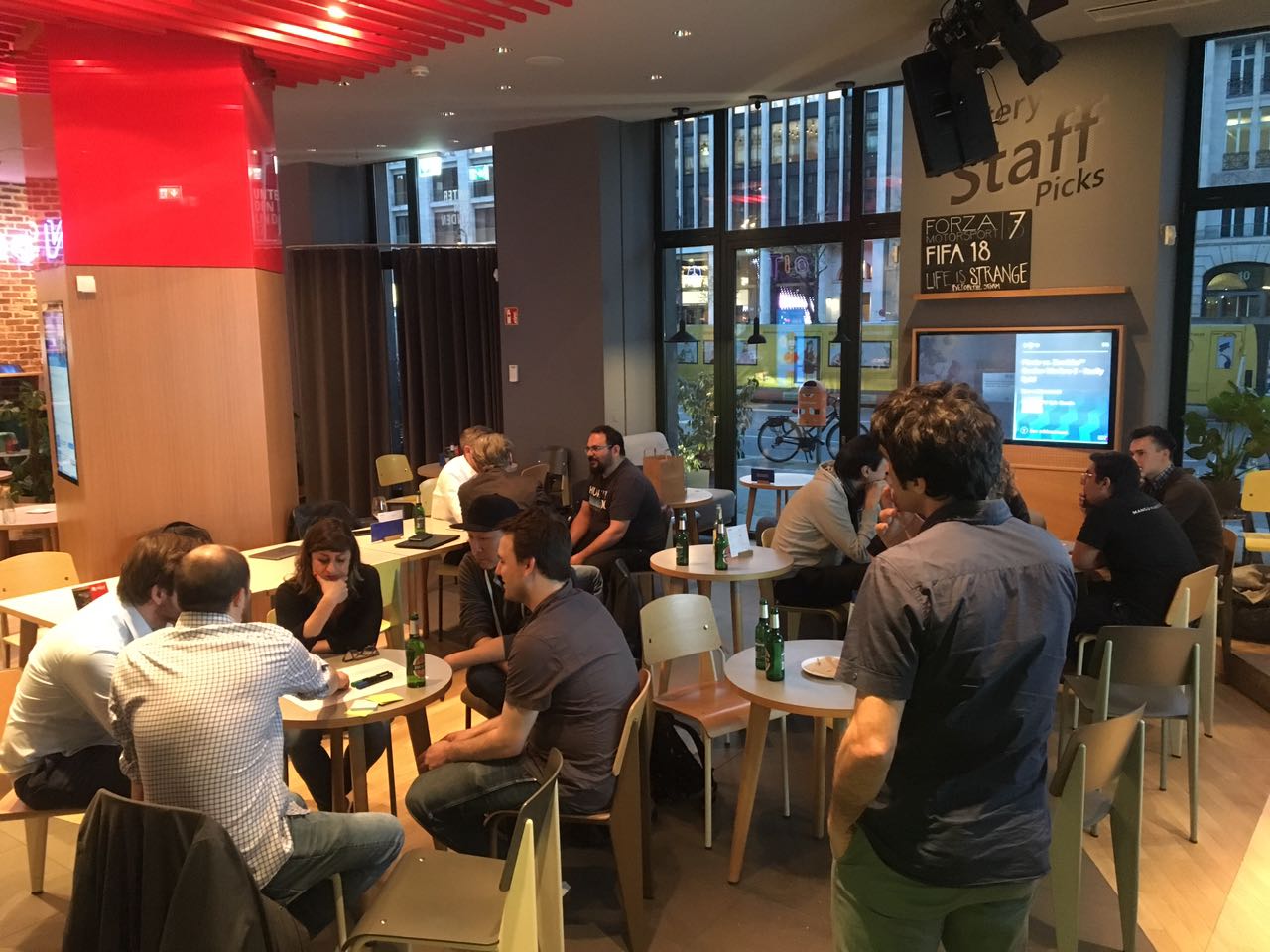
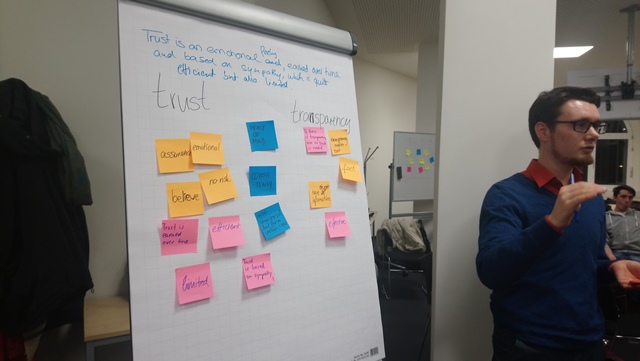
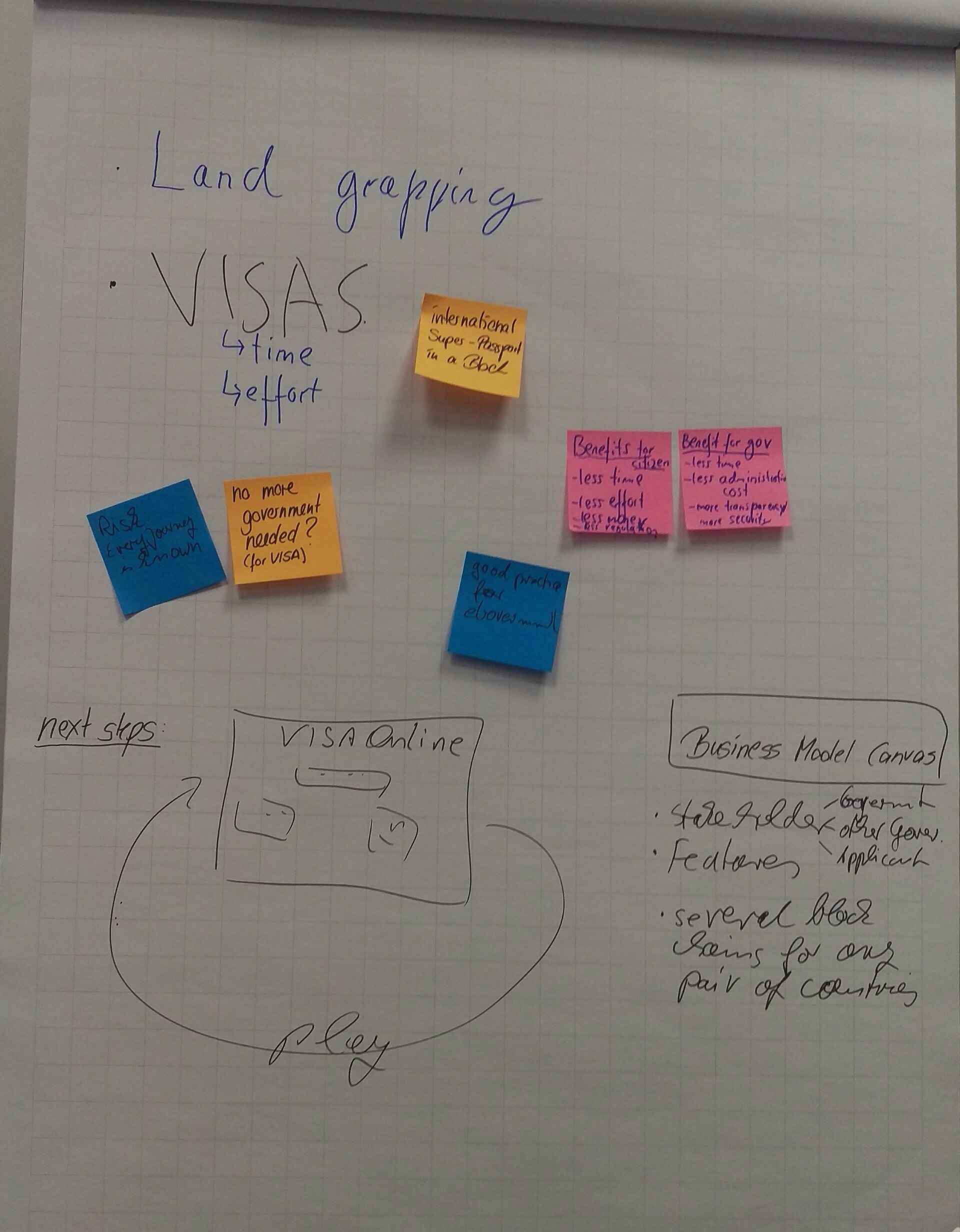
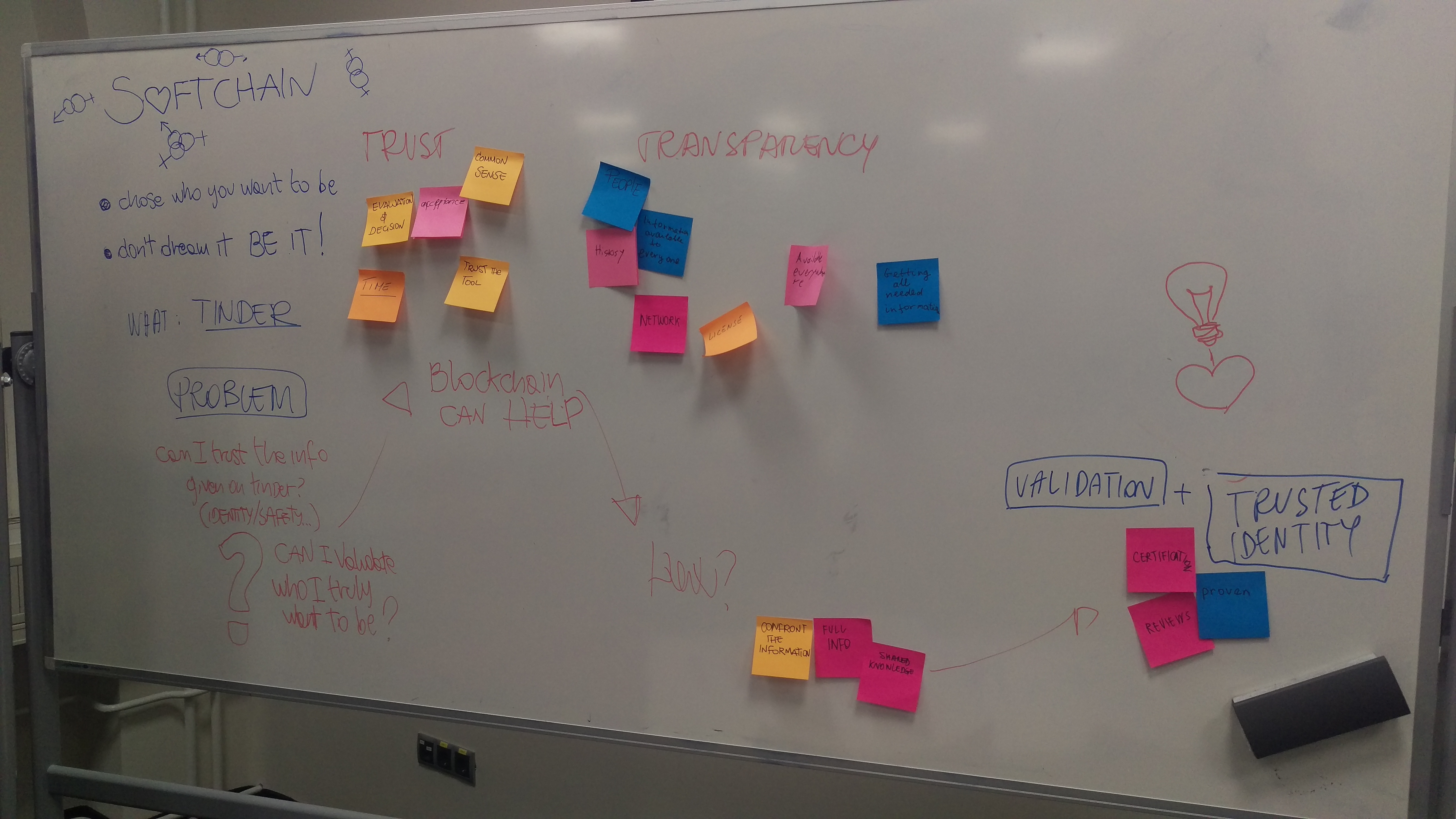

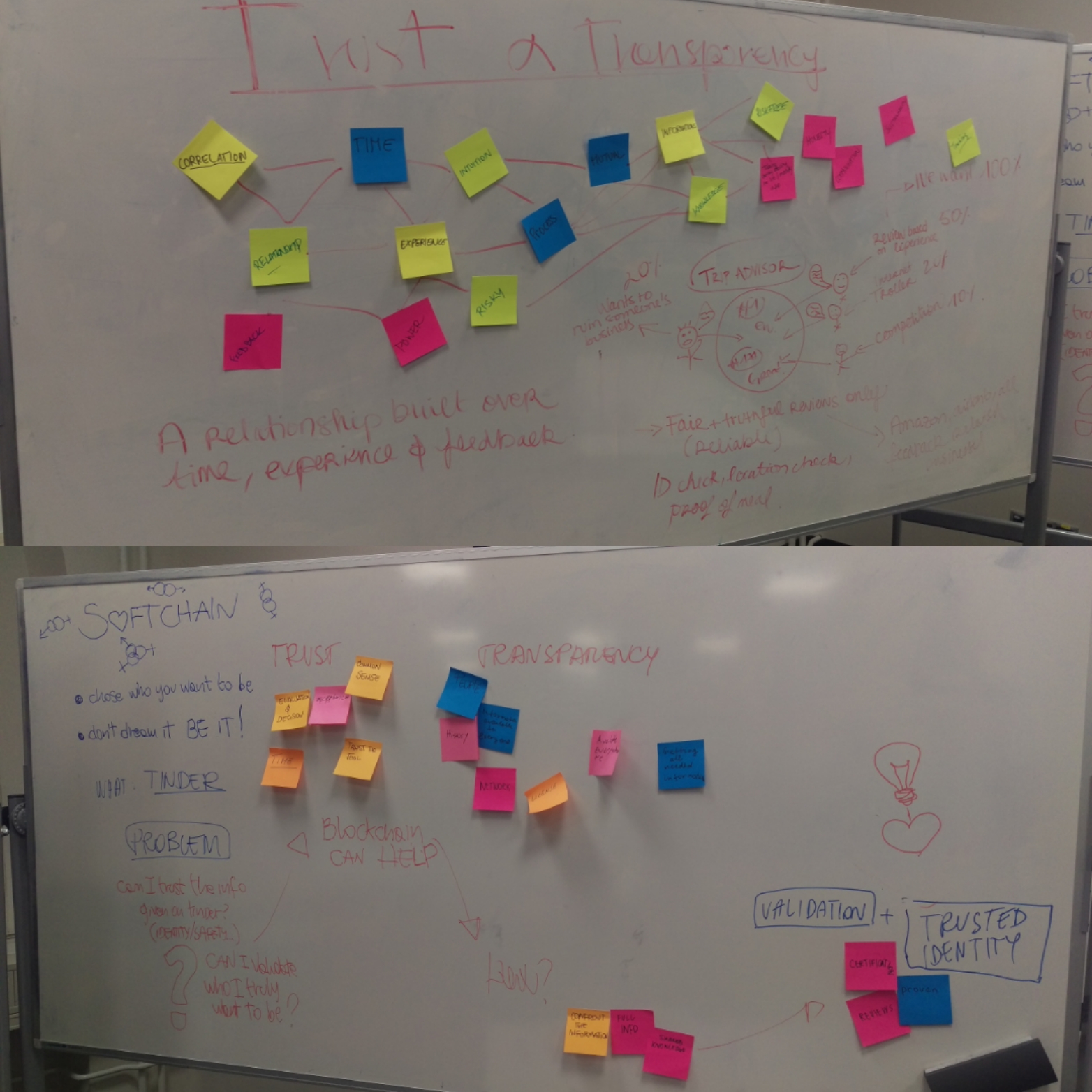
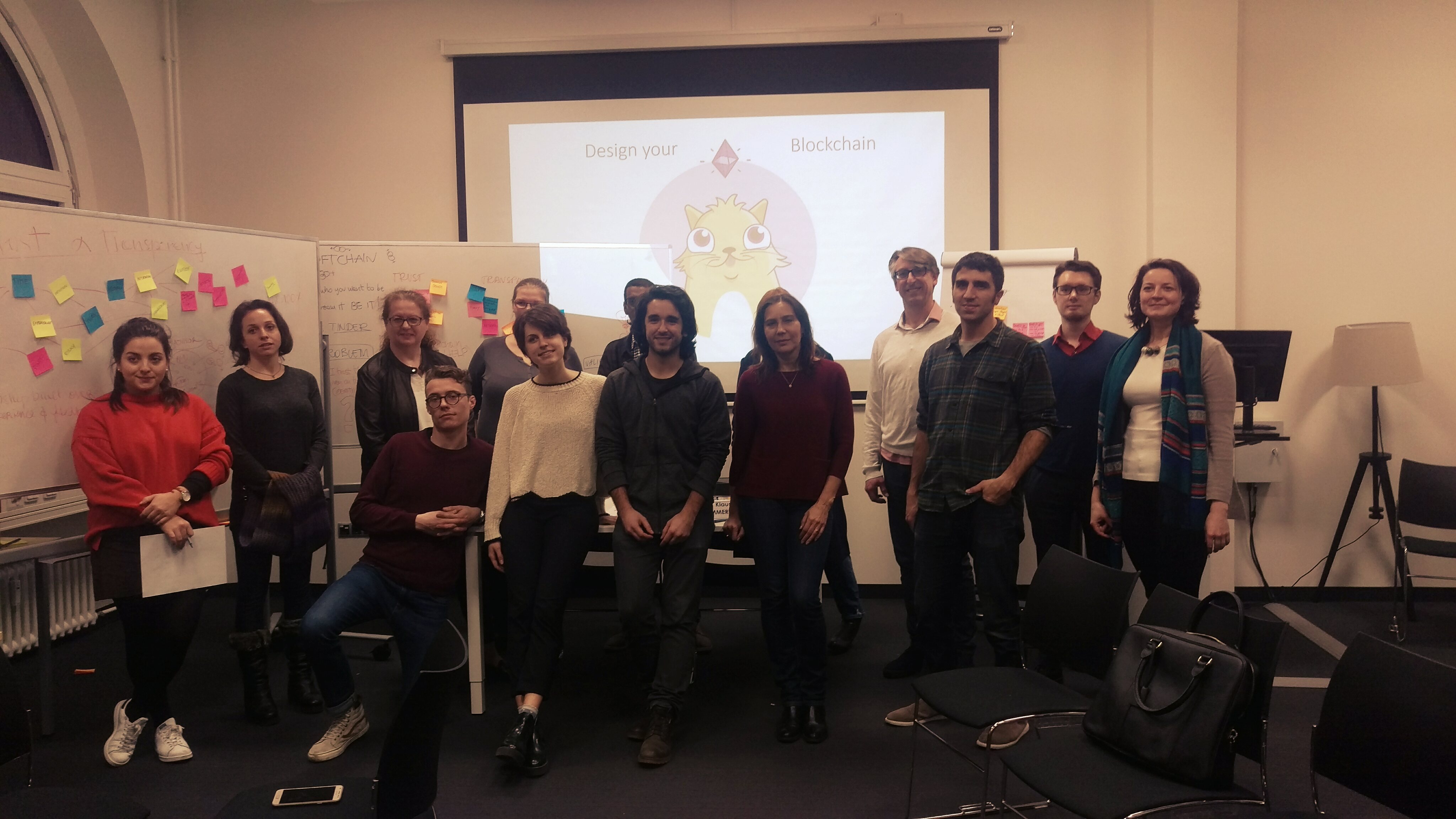

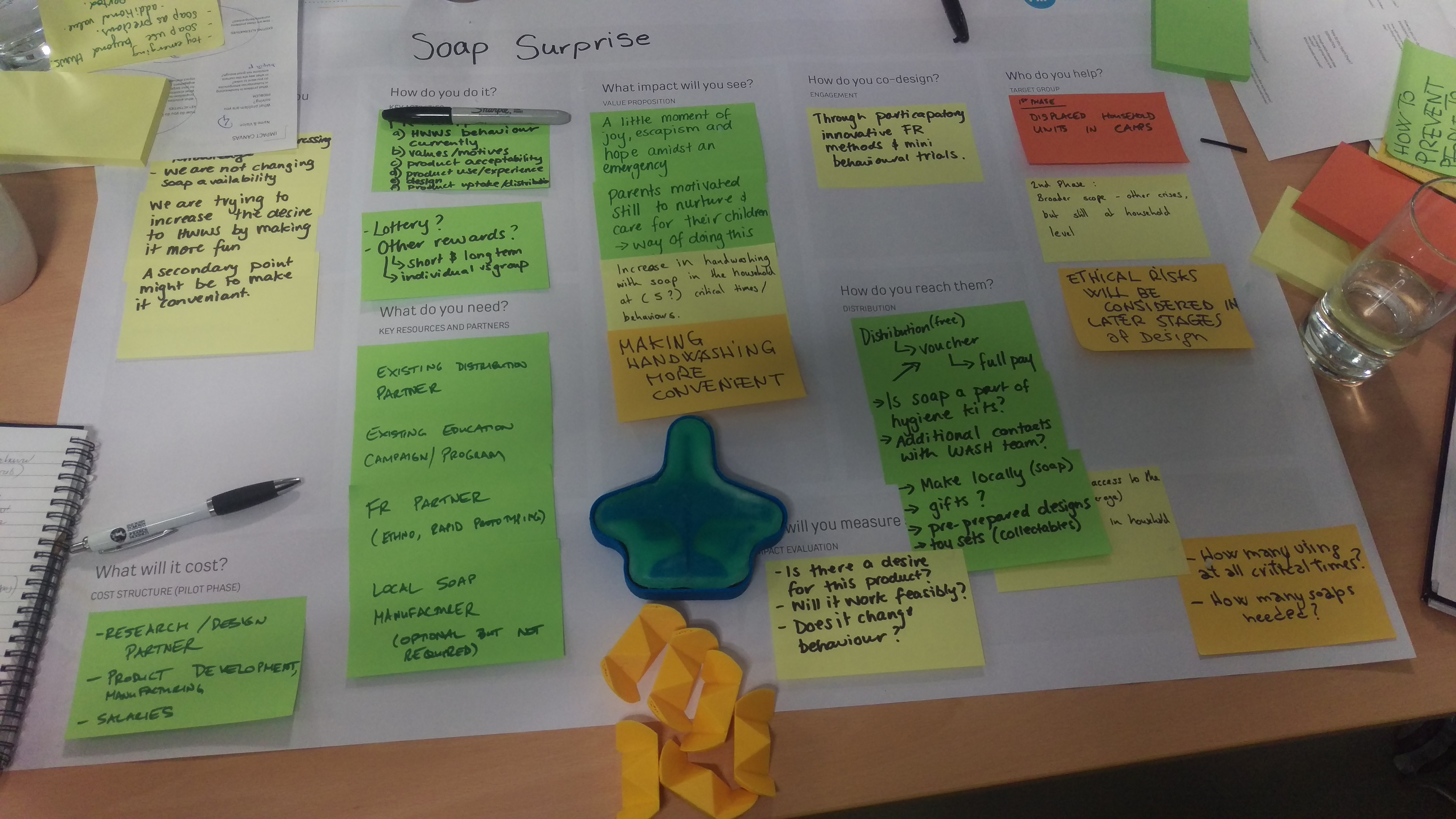

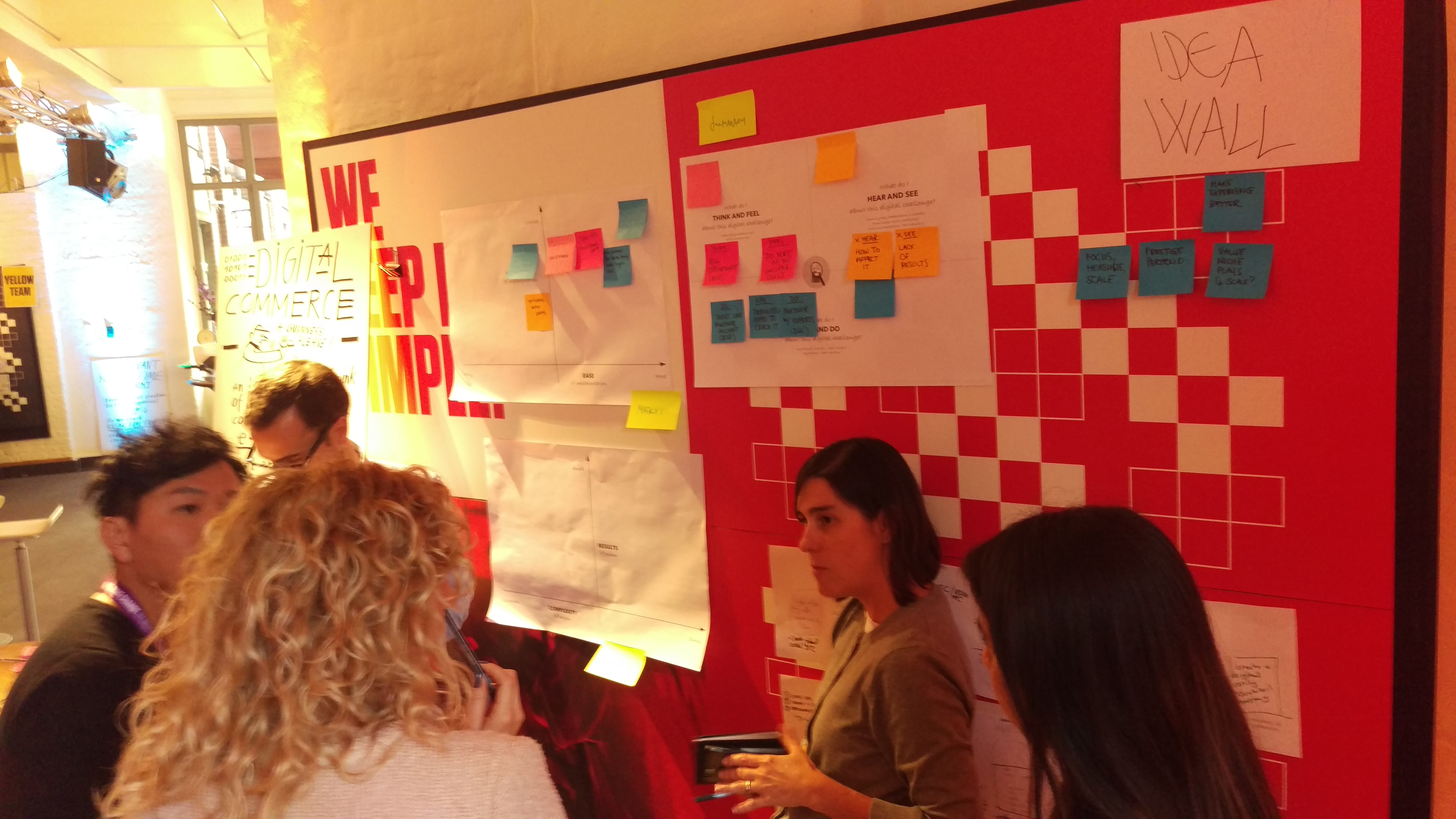
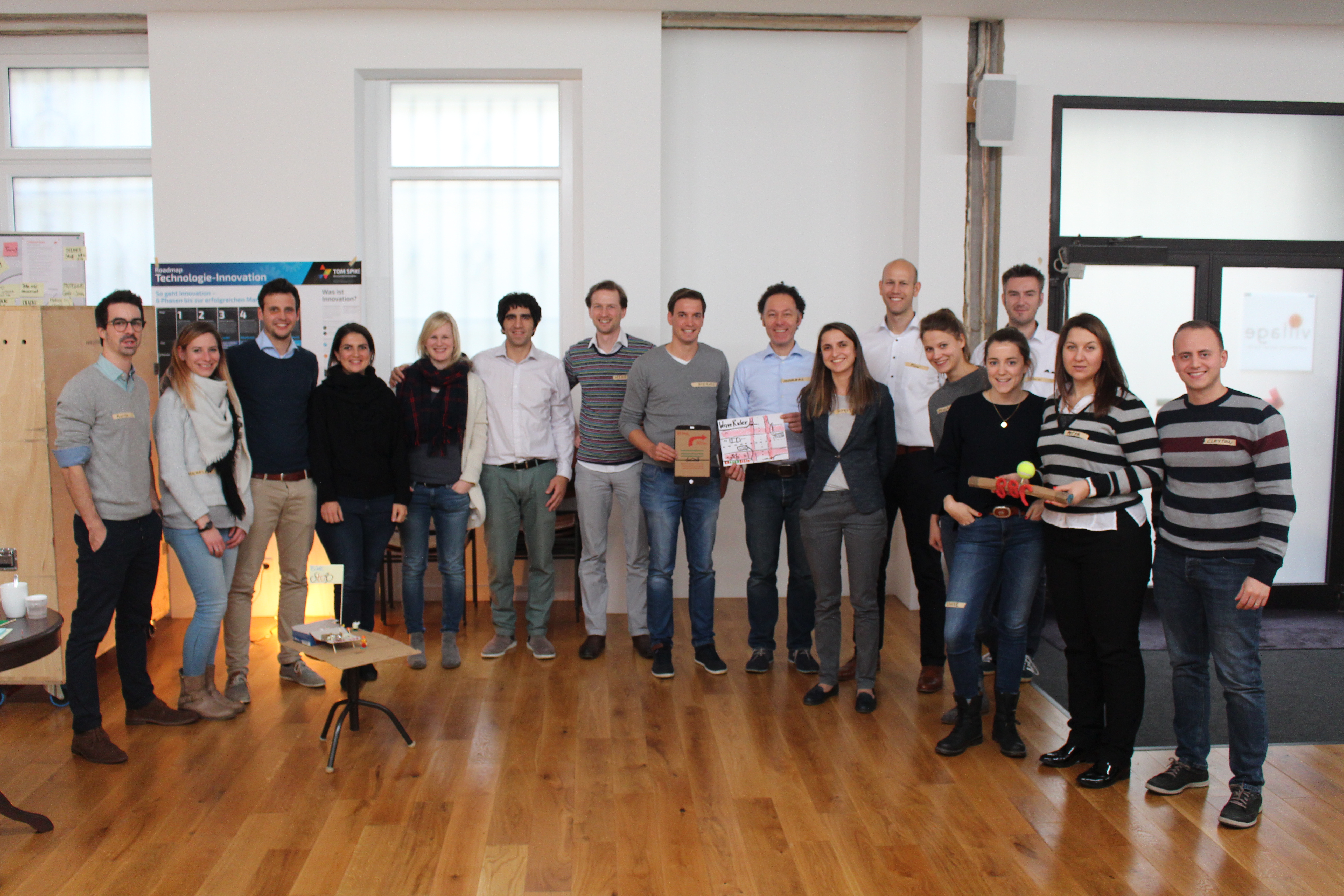
Recent Comments